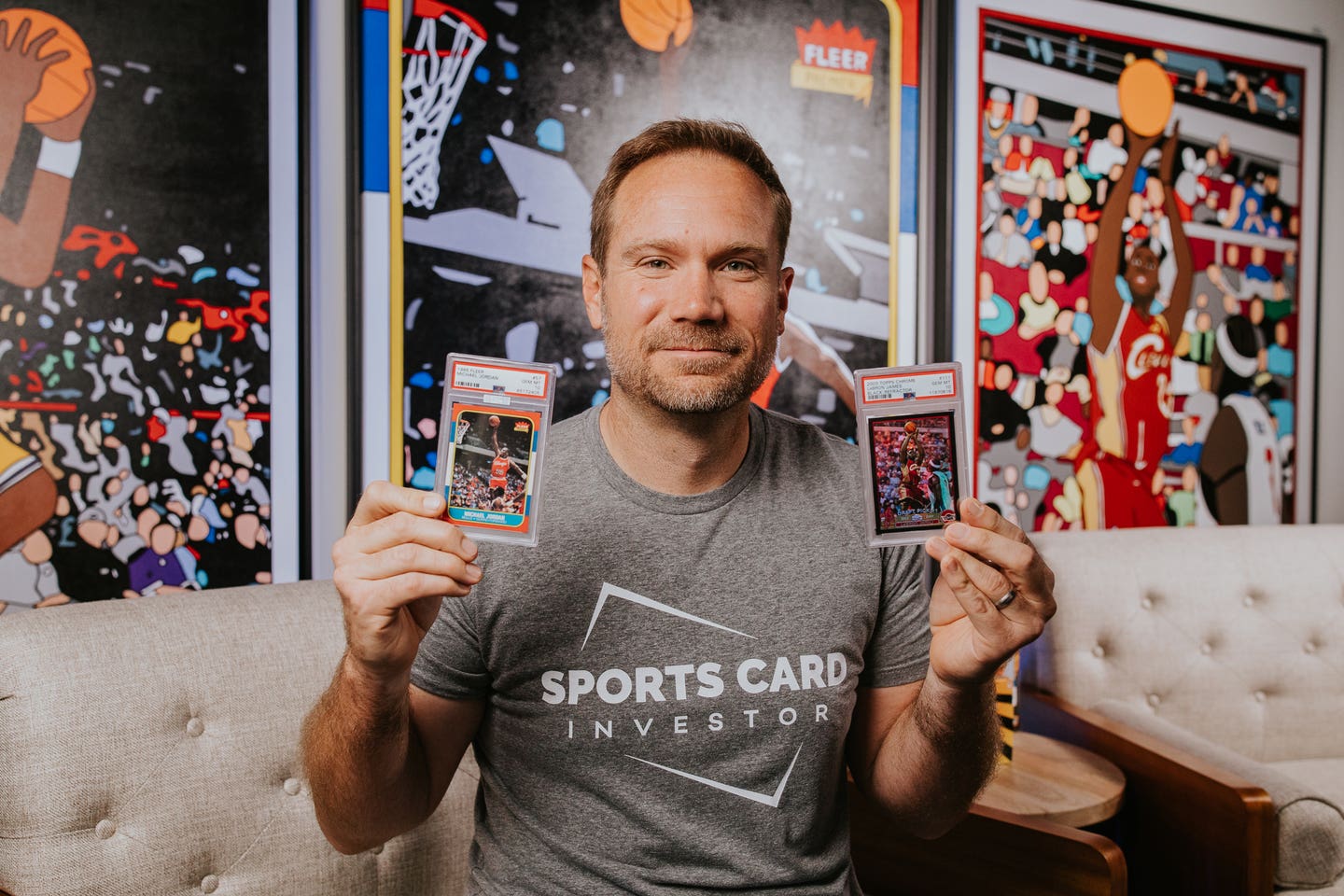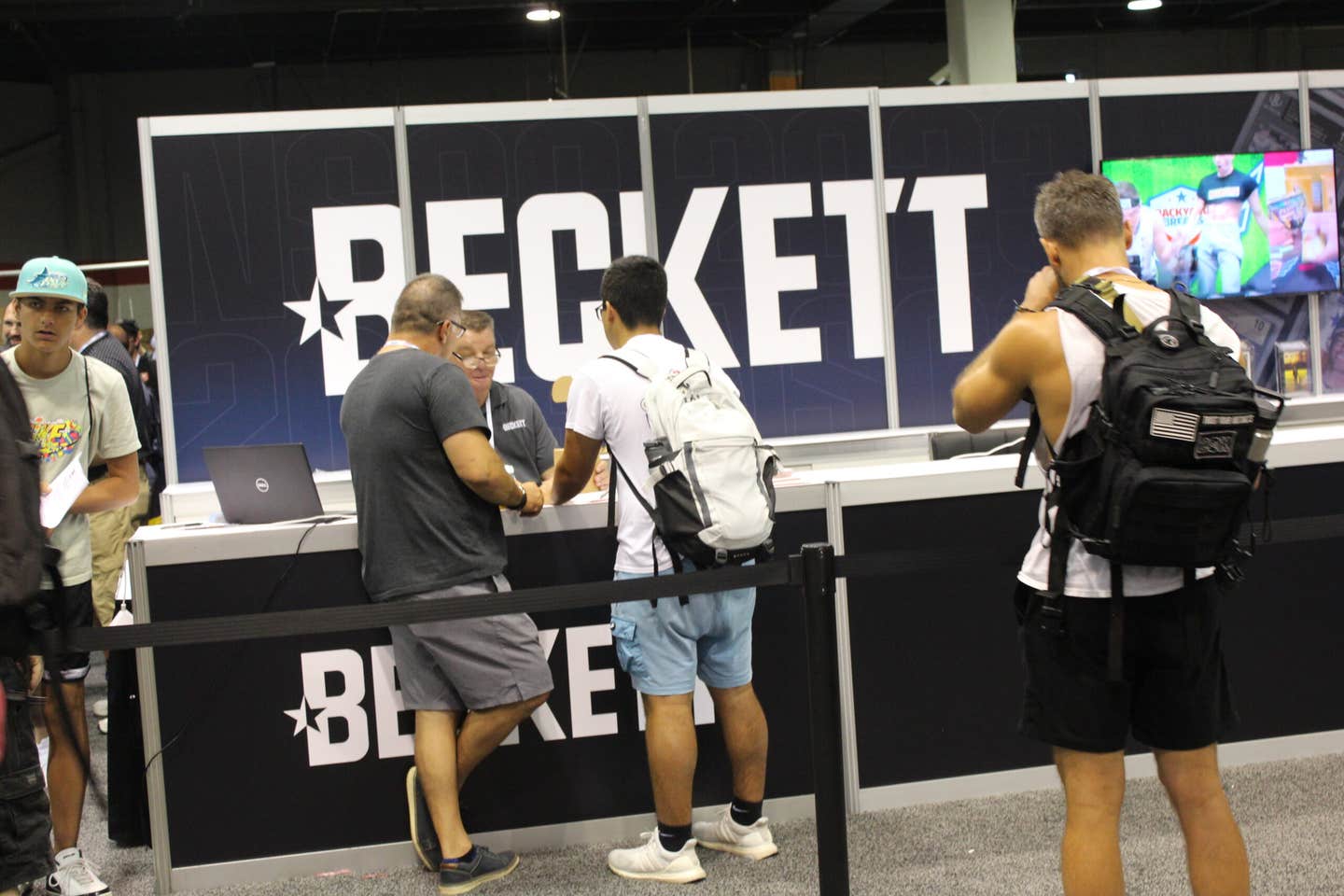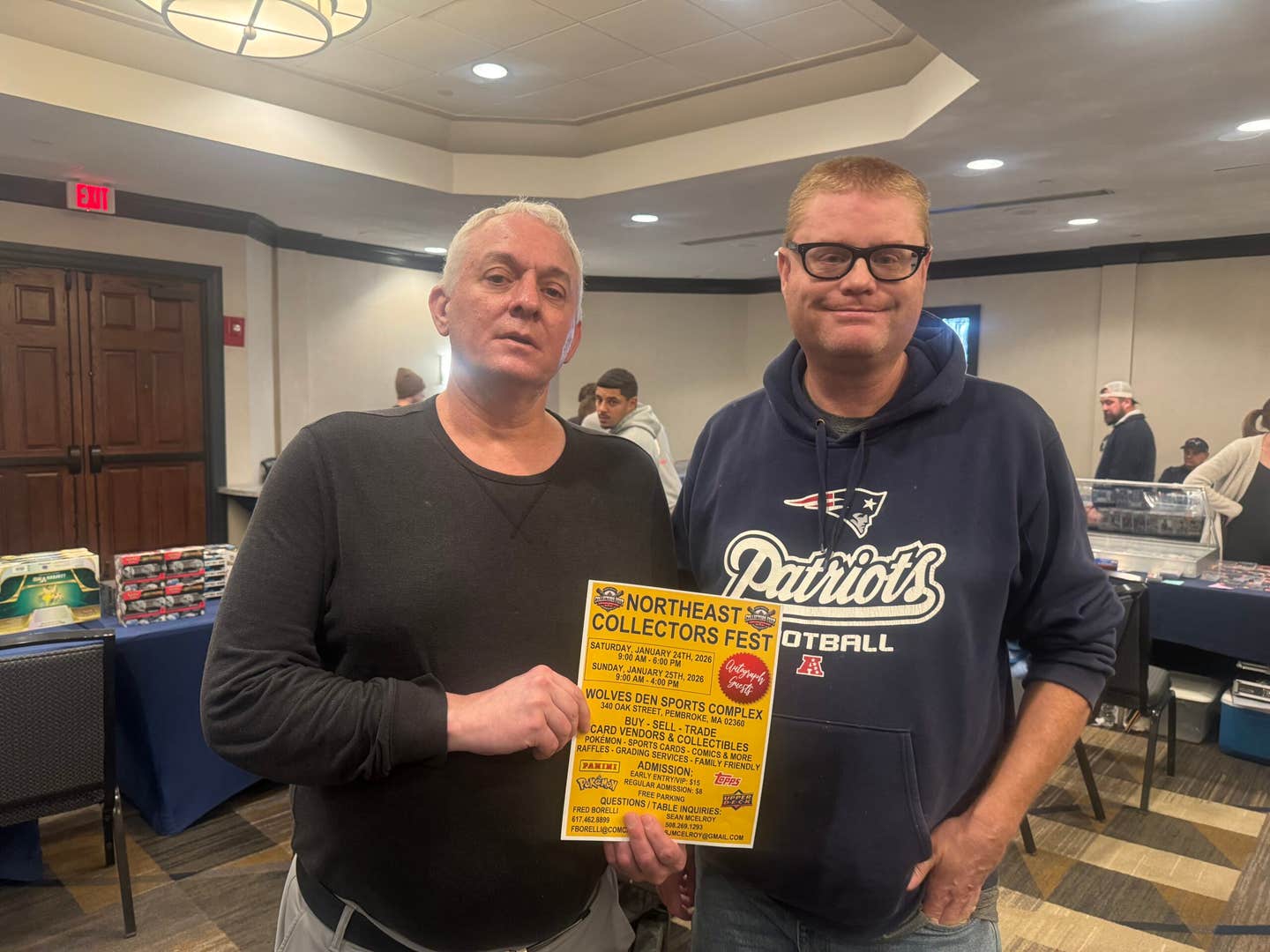News
Colorful Foytack experienced the good, bad and ugl
When Yankees’ pitcher Chase Wright served up four consecutive home runs to Red Sox batters Manny Ramirez, J.D. Drew, Mike Lowell and Jason Varitek lasst season on April 22 at Fenway Park, it resurrected the name of Paul Foytack out of my baseball card past. Foytack had been the only pitcher in modern baseball history to allow four consecutive home runs in the same inning. Pitching for the Angels on July 31, 1963, against the Indians, Woodie Held, Pedro Ramos, Tito Francona and Larry Brown all circled the bases against him. It was a dubious distinction he owned for more than four decades. But there’s a story behind it. More on that later.
I always liked Foytack’s rookie 1957 Topps (No.77) pasteboard. He was photographed near the third base dugout at Yankee Stadium in his full windup position wearing his Detroit Tigers flannels — the uniform he wore between 1953 and 1963 before he was traded to the Angels.
His name had a ferocious sound to it. It almost sounded like “Paul Attack.” It was only natural that he’d be a Tiger.
Foytack was on the attack between 1956-’59 when he won 58 games for the Bengals. “I had good stuff,” said Foytack from his home in Spring Hill, Tenn. “Unfortunately, I was pitching behind a lot. I had control problems. I used to be a short-arm pitcher. One of the coaches I had changed my arm angle and it affected my control.”
The son of a steamfitter, Foytack was raised in Scranton, Pa., along with his six brothers and a sister. He led his Technical High School team to the state championship in ’48. “That year I struck out 80 batters in 48 innings,” said the former hurler.
His childhood heroes were Mel Ott, Hal Newhouser, Johnny Pesky and Ted Williams. He followed the Scranton ballclub, which at the time was a Red Sox farm team. “They had guys like Walt Dropo, Mel Parnell and Sam Mele,” recalled Foytack. “One time we got there late for the game but they were still batting in the bottom of the first because they scored 19 runs.
”
Foytack signed with the Tigers out of high school because of his admiration for Newhouser, the Tigers’ Hall of Fame pitcher. He played in places like Thomasville, Ga., Butler, Pa., Williamsport, Pa. and Toledo, Ohio, before making it to Briggs Stadium in Detroit.
Foytack doesn’t remember his April 21, 1953, debut. He wasn’t even aware that his lifetime mark was 86-87. But he did recall an incident he was involved in as a rookie when catcher Matt Batts gave him the signal to dust off Minnie Minoso.
“Matt flipped me the thumb which was the signal to knock a batter down,” said Foytack. “Minoso knew Batts called for it and the two got into a brawl.”
Foytack spent the ’54 season in Buffalo before returning in ’55 to stay. He was part of a pitching staff that included Frank Lary, Jim Bunning and Billy Hoeft. “When Bunning was inducted into the Hall of Fame he said, ‘If I threw as hard as Paul Foytack, I would have been here 20 years ago,’” laughed the former Detroit right hander. Twice Foytack won 15 games and twice he won 14 games. In ’57 he went 14-11 with a 3.14 ERA.
In ’56 the strong-armed right-hander racked up a career-high 184 strikeouts but gave away a league-leading 142 free passes. On July 28, 1956, he fanned 15 Senators, a Tigers team record at the time. “I lost the game,” lamented Foytack. “Probably too many walks.” The game was a microcosm of his career.
“I was at the game when Mickey Lolich broke my (strikeout) record,” he said. “At the time, George Kell was broadcasting for the Tigers and he interviewed me.”
Foytack was able to help himself on occasion with the bat. On May 30, 1956, he beat Lou Kretlow and the A’s, 11-3. He accounted for five of the Tigers’ RBIs with two doubles and a single. In ’58 he batted .240 and in 1961 he homered against Don Larsen. “I hit it over the 365-foot marker in left center field in Detroit. My teammates gave me the silent treatment when I returned to the dugout,” Foytack laughed.
It was during the ’56 season that Foytack helped Hoeft get his 20th win on the last day of the season. Hoeft, who had been a victim of bad luck that year, was 19-10 with about two weeks to go in the season when he ran into a tough streak, losing several low-scoring games. Thanks to a little bit of managerial ingenuity on the part of Bucky Harris, however, Hoeft walked away a 20-game winner that year.
“Hoeft got beat 1-0 on Friday night of the last weekend of the season,” explained Foytack. “On Sunday, Bucky started Ned Garver, who went four innings. We had a 5-1 lead after four innings when Harris brought Hoeft in. Garver could not qualify for the win because he didn’t pitch five innings. Billy then pitched innings four through eight and left with the score 8-2. I pitched the ninth inning and Hoeft was credited with his 20th win.”
Foytack is remembered for a variety of historical home run events. On Sept. 10, 1960 Mickey Mantle hit a three-run wallop off him that traveled an estimated 643-feet, coming to rest in a lumberyard across the street from Briggs Stadium.
“It was probably the longest shot ever hit off me,” bemoaned Foytack. “But I once saw (Harmon) Killebrew hit a shot over the left field roof that was 340-feet away from the plate and 110-feet high. A lot of guys hit the ball over the roof in right field but not many left the park in left field. Overall, I had good success against Mickey. I struck him out quite a bit. One day in Yankee Stadium I struck him out to end the game. It was the only game my mother and father ever saw me pitch in the majors. I think it was my 10th strikeout of the game.”
Foytack is also the answer to the trivia question: Who gave up Roger Maris’ first home run in ’61 when Maris broke Babe Ruth’s single-season home run record with 61? “At the time it was insignificant,” said Foytack. “I think I had good success against Roger over the years.”
During Foytack’s long tenure in Detroit he played for a number of managers, including Fred Hutchinson, Bill Norman, Jimmy Dykes, Joe Gordon, Bob Scheffing and Bucky Harris. His favorite was Scheffing. “I liked Bob a lot,” said Foytack. “Jack Tighe was a good friend of mine. The only pitching coach I can remember was Tom Ferrick.”
On June 15, 1963, Foytack left the Motor City when he was traded to the Angels along with Frank Kostro for George Thomas. “It was rumored that I was going to be traded in 1960 to the Indians,” revealed Foytack. “Supposedly, I was going to go to Cleveland with Harvey Kuenn for Rocky Colavito and Herb Score. But as it turned out, Kuenn went to the Indians for Colavito. I had a feeling the Tigers were going to get rid of me in ’63. I was kind of glad. I got to know Angels’ owner Gene Autry and it was fun playing there.”
While playing in the tinsel and glitter of the Hollywood scene, Foytack met his share of celebrities. “I would often go to the racetrack at Hollywood Park and sit with Fred Astaire,” he remembered. “One time a guy tapped me on my shoulder and asked me for my autograph. It was World War II hero Audie Murphy. I said to him, ‘I should be asking you for your autograph.’ Here was the most decorated soldier in World War II and he’s asking me for my autograph.” Murphy later became a film actor before losing his life in a plane crash in 1971.
“Another time I pitched a game and retired the last 17 or 19 in a row,” Foytack said. “Mr. Autry came in and said, ‘I have a friend who would like to meet you.’ It was Bing Crosby.”
It was while he was a member of the Angels that he surrendered the four straight homers pitching against the Indians. “I had pitched seven innings three days earlier (July 28) at Boston,” recalled Foytack. “The Indians were knocking our brains out so I went to our manager, Bill Rigney, and offered to pitch. I lasted one and two-thirds innings. Rigney came out and said, ‘What do you think Paul?’ I answered, ‘I’m not in any trouble Bill.’ ”
The Angels released Foytack in ’64. That year he ended up as a player/coach in Syracuse. On one occasion he beat Toronto, 1-0, in a game that took 1 hour and 36 minutes. In ’65 he pitched for the Chunichi Dragons in Japan. “Things were different there,” said Foytack. ”One day I saw a manager remove a catcher from the game rather than the pitcher because he didn’t like the way he was calling the game.”
In his post-playing days, the father of four worked in sales for many years for the F.B. Wright Co., an industrial rubber plastics company, and lived in Bloomfield, Mich.
Foytack never collected anything from his major league career but memories. There is one autograph, however, that he regrets not getting. “One time at an old-timer’s game in Detroit I sat with this old man on the bench and talked for a long time. It turns out that it happened to be Ty Cobb,” he said.
Statistics do not really describe what Foytack was, and is, all about. He tells the following story that smacks of Hollywood:
“One time when I was playing for the Tigers I was in Boston outside Fenway Park before a game when I saw a little boy in a wheelchair. His dad was buying tickets. I said to the boy, ‘Tell your dad that I’ll take care of your tickets for you and your family.’
“Inside the park I saw where he was sitting so I signed a baseball and gave it to him. After the game I met the boy and his parents outside the park. They were an Italian family. I remember telling the boys’ mother how much I liked Italian food. She said, ’Why don’t you join us for dinner tonight at our home?’ I said, ‘If you can get me back to the hotel, I’ll come.’ And so I visited with them at their home. It was quite a day.”
Even when Foytack had to show his macho game face, he could be compassionate. He didn’t have the reputation as a head hunter, but he protected his teammates if he thought they were being thrown at. On July 24, 1958, Yankees’ bullpen ace Ryne Duren plunked Detroit second baseman Frank Bolling. He then fired one behind the head of Al Kaline, Foytack’s roommate. Tigers’ manager Bill Norman was looking for a pitcher to fill an inning and Foytack volunteered with the silent mission of getting even. Duren, the bespectacled Yankee fireballer, was a marked man.
“I didn’t even have a jockstrap on when I went into the game,” snickered Foytack. “It wasn’t the manager’s idea, it was mine. I wanted to hit Duren in the shoulder, ribs or back, not in the head.” But he missed.
Duren went down like a fallen boxer plastered by a deadly punch. Foytack’s nasty pitch hit the Yankee pitcher in the head and cracked his helmet as well as his cheekbone. He was hospitalized for five days. In a most unusual gesture, Foytack, accompanied by his father, visited Duren in the hospital. Foytack recalled, “If I hit him in the back I wouldn’t have gone to the hospital. When I got there, Duren said, ‘I had it coming.’ ”
Foytack continues to show empathy for people. When Chase Wright gave up the four consecutive home runs, it triggered uncomfortable memories of the four-homer parade that placed him in the record books for eternity. At the time Foytack was being interviewed for this story, he was in search of Wright’s address. He simply wanted to tell him to, “hang in there.”
If you would like to receive Foytack’s autograph, send a SASE to him at: 1910 Portview Drive, Spring Hill, TN 37174.
Rich Marazzi hosts a weekly baseball radio talk show on ESPN Radio 1300 in New Haven, Conn., titled, “Inside Yankee Baseball.” The show covers baseball in general with many nostalgic guests. The show is streamed on espnradio1300.com. When you get to the home page, click on the “Inside Yankee Baseball” link. Many of the interviews are podcast on the site.
Rich welcomes SCD subscribers to listen in and call the show. Throughout the show there are trivia questions with great prizes including Yankee tickets and Hall of Fame Museum tickets. The show phone number is: (203) 230-1300.
Rich is also the rules consultant for the Houston Astros, New York Yankees and Boston Red Sox. You can learn more about his Ruleball program by going to his website: www.Ruleball.com.








